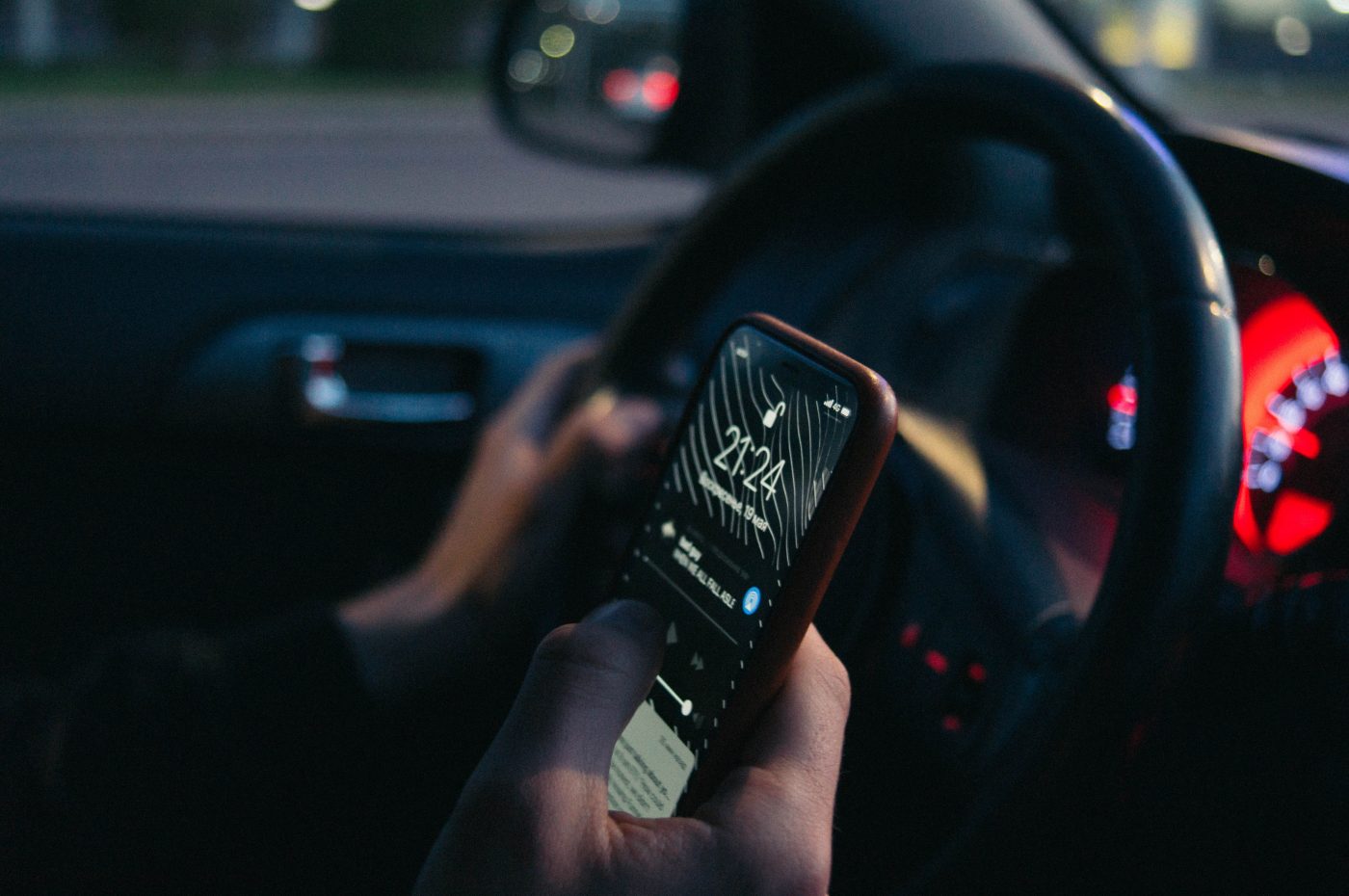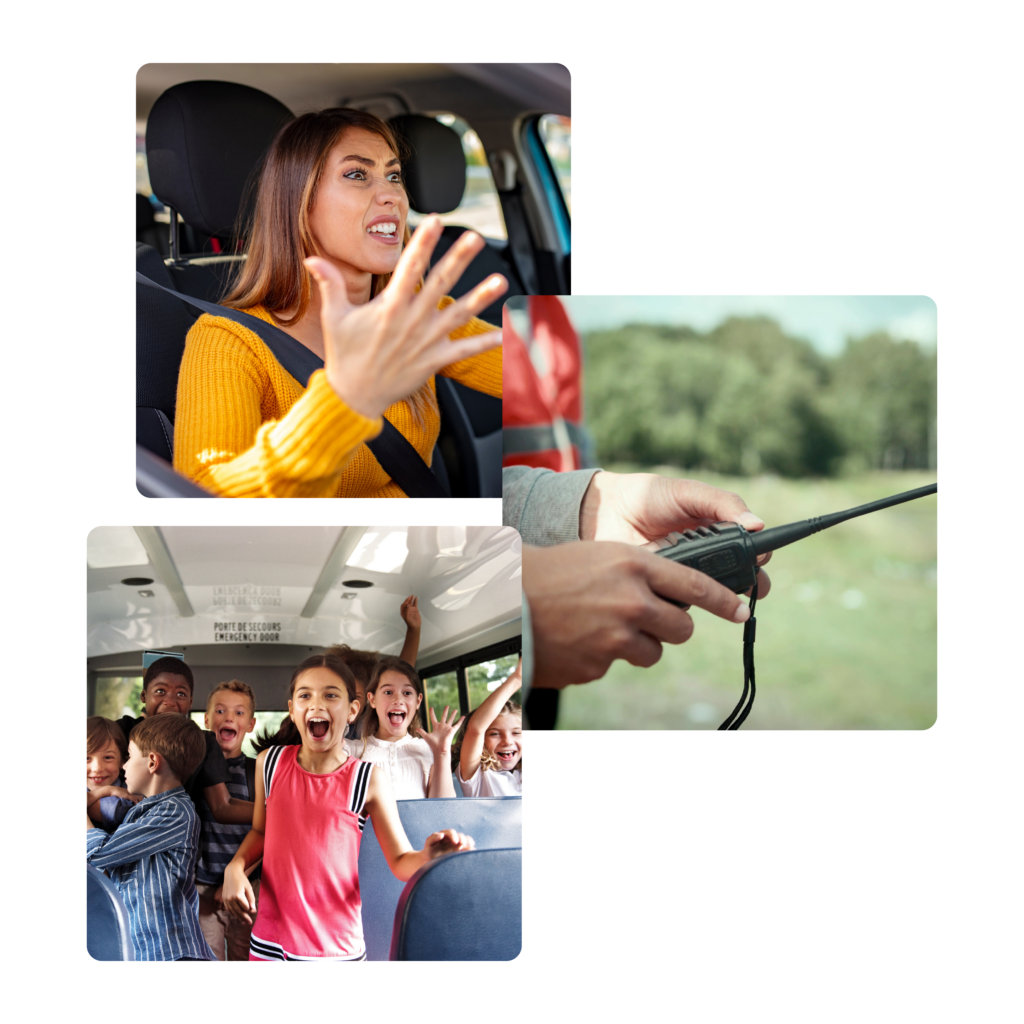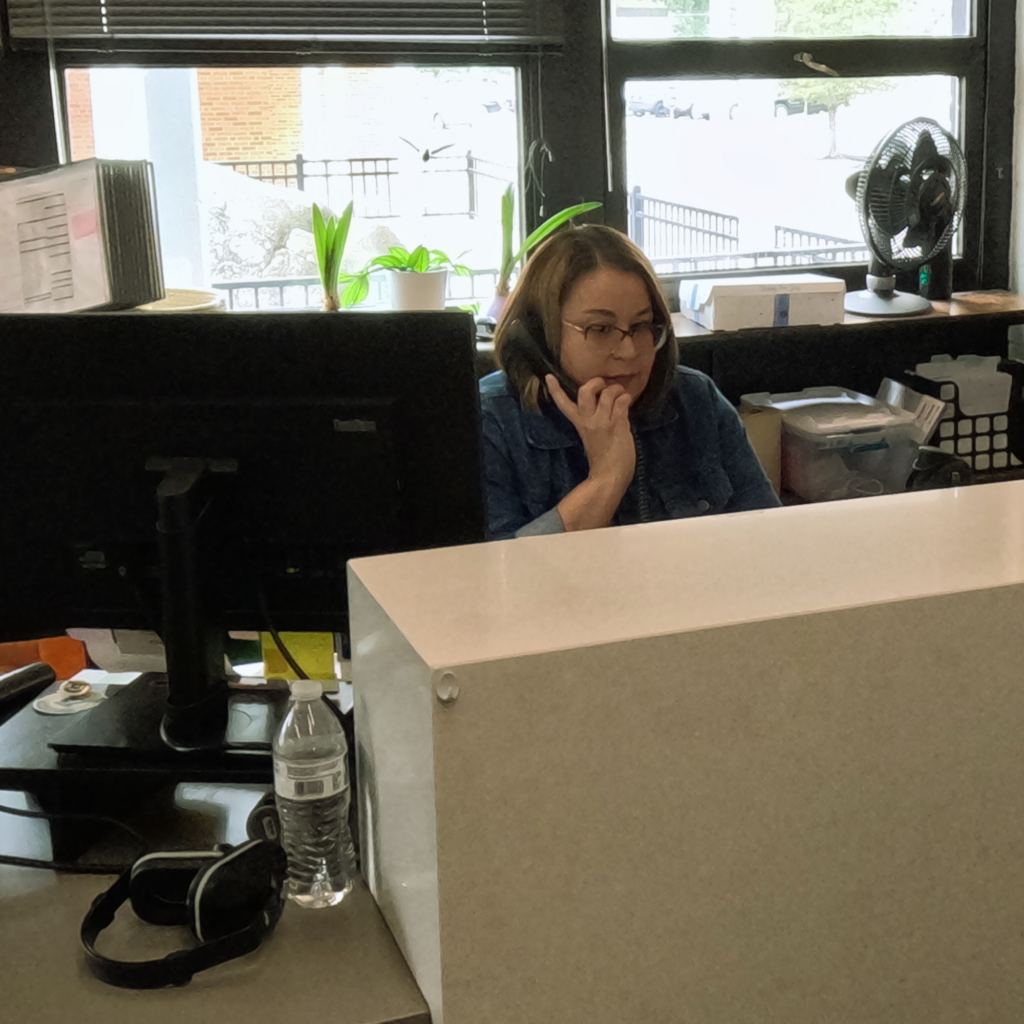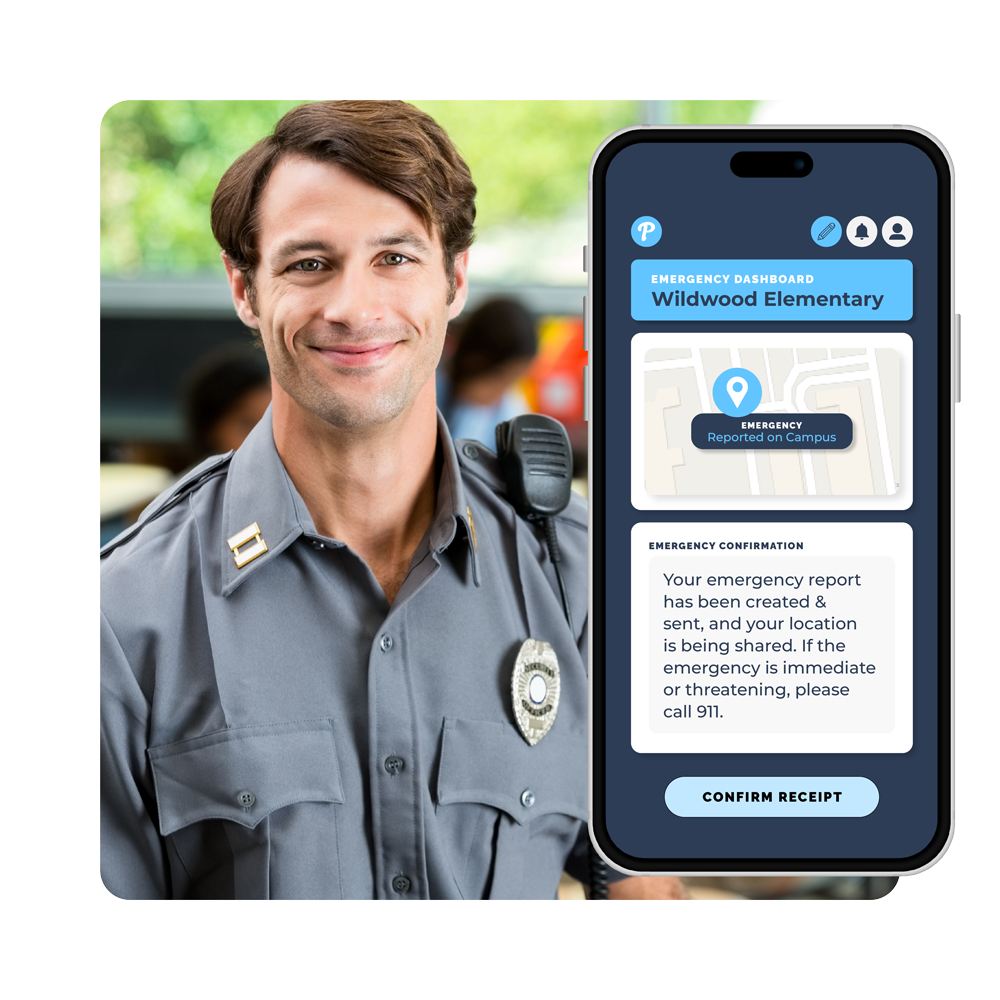Reopening School in a post-pandemic world is a tricky subject. In the past few weeks, we’ve learned that it is nearly impossible for anyone to conduct crisis schooling at a level that’s anywhere near what instruction was like in a normal classroom. It doesn’t matter if you’re a parent, teacher, student, or the principal trying to manage everything.
Crisis and distance learning is not the same as classroom instruction. But, it’s become the reality for more than a billion children around the world. Some of them are thriving. Others are faltering. And some families have given up on home instruction entirely.
Reopening Schools is Essential but at What Cost?
It is essential that schools are one of the first aspects of our society to start reopening. But how can they reopen safely? And when will they be able to? How can you practice social distancing in a classroom environment?
Learn more about plans for reopening America’s schools: A PLAN TO SAFELY REOPEN AMERICA’S SCHOOLS AND COMMUNITIES from AFT
I’m no expert but many people around the world have been theorizing and testing their theories about returning to the classroom. First things first, no matter what changes are made, school will be different, at least for a while. Without a vaccine for COVID-19, herd immunity is virtually impossible.
Learn more about Herd Immunity from Jons Hopkins School of Public Health: What is Herd Immunity and How Can We Achieve It With COVID-19?
Because herd immunity is not viable at this time, pre-pandemic school routines could lead to a huge outbreak of the virus.
Even though preliminary studies show that children seem to not be as susceptible to severe consequences from COVID-19. They can be asymptomatic carriers and infect people who are at a greater risk of complications.
Learn more about how COVID-19 Affects Children from the Mayo Clinic: COVID-19 (coronavirus) in babies and children
Schools could also be a breeding ground for many simultaneous cases of the virus. These would overwhelm our already exhausted healthcare systems.

Practical Advice for Reopening School After the COVID-19 Pandemic
- Increasing hygiene
- Periodical health checks
- Smaller classes
- Spaced desks
- Spaced lunches
- Health checks
- Social distancing during dismissal
- Rotating teachers instead of students
- Shorter school weeks
- Distant learning becoming normal for part of the week
- Limited attendance at sporting events
- No field trips
- Changes to socializing
- Staggard arrival and dismissal
- Starting with younger grades and vulnerable students first
- Changes to curriculum
- Trauma-informed schools
- Quarantining when necessary
- Opening windows
- Masks all the time
- Being aware of the possibility of a second wave
Hygiene in Reopened Schools
Around the world, hygiene (especially hand hygiene) has become more important now than ever before. Many schools that have opened are having success with monitoring and enforcing strict hand washing.
But, there is more hygiene preventing COVID-19 than just handwashing. Schools on a global scale have had to increase their janitorial practices and sanitize frequently touched items on a daily basis.
Smaller Classes
Smaller class sizes mean that fewer kids are interacting on a daily basis. Teachers can also manage their classes easier. They enable desks to be spaced apart, enabling the physical distancing that reduces germ spread.
Spacing Desks Apart
Spacing desks is a way many schools are bringing kids back to class. Worldwide, many schools are placing desks about 6 feet apart.
Reopen School with Staggering Arrival and Dismissal
Staggering when students arrive and depart from your campus lowers the numbers of people interacting.
Divided Lunches
Many schools are practicing physical distancing by spacing out their lunchrooms. While other schools are having students eat at their desks. Some adding plastic barriers around the desks to limit the spread of germs.
This is a rather controversial change. For many kids, lunchtime is when they socialize during the school day. But with barriers around them or being physically away from others, socialization is almost impossible. This is a problem because socialization is a critical part of a child’s development.
Virus Health Checks to Prevent Pandemic Spread
Many schools around the world are instituting regular health checks. At least when kids are arriving at the campus. And some are doing them multiple times throughout the day.
The point of health checks is to be aware of a sick child before they can infect too many other people.

Social Distancing During Dismissal
Along with staggering dismissal, practicing a physically distant dismissal is another step to slow the spread of germs.
In physically distant dismissal, parents are encouraged to stay in their cars in lines. Software is used to know which parents are where in the lines. Notifications are sent to the appropriate teachers who dismiss each child at the appropriate time. This software –PikMyKid, is also very effective in daycare and kindergarten schools where the old process was to encourage the parent to enter the premises and pick up the child from the classroom. This may no longer be safe for everyone. Using the PikMyKid system, the parents can digitally alert the school that they are outside to pick up their kids.
This limits the number of people milling about in any one area. And also keeps children from getting into fights because they’re closely supervised during dismissal. This is fast becoming the new norm and we are seeing a flood of schools and daycare centers adopting this new protocol as a standard process for daily dismissals.
Rotating Teachers Instead of Students
In middle and high school in the US, children rotate classrooms throughout the day. But this limits physical distancing and causes more people to interact on a daily basis.
To combat this, many schools are having their teachers rotate through various classrooms. That way, only the teacher is moving.
Reopening School with Shorter Weeks
Various schools are trying different ways to break up the school week and limit the number of students on campus at any given time.
You can do this is by shortening the hours that students are on campus. Having students attend on alternate days. Utilizing distance learning.

Normalized Distance Learning
Due to changes like shortening school weeks, some children if not all will have to participate in distance learning at least part of the time.
But, this could be achieved in a variety of ways. Teachers could record in person lessons and then send them to distance learning students. Or, they could utilize a service like zoom and have their students join the lesson through video. They could also use learning packets and google classroom.
Co-teaching can also assist in distance learning. One teacher could keep an eye on problems distance learning students are having while the other teacher shares the lesson.
Teachers can also take advantage of resources like podcasts and YouTube videos to enrich distance learning.
Check out our list of resources for distance learning: K12 Distance Learning Resources for the COVID-19 Pandemic + PDF
Limiting Attendance at Sporting Events
Sports are something that is still very up in the air. It will probably be a long time before we can have packed stadiums of fans watching sports. But will we be able to do things like use social distancing during school sports events? Or will these have to be canceled?
No Field Trips
Field trips are most likely going to be canceled for a while. It’s just too dangerous to have dozens of children leaving school property and have to be supervised and kept safe from germs as well. However, there are many places that are taking advantage of the internet and are offering virtual field trips. Schools could take advantage of these for some of their students.
Social Distancing Socializing
Socializing at school is going to be different after this pandemic. It’s quite possible that the same students will have to stay together for most if not all of their classes to practice social distancing. Add on top of this, lessened or canceled sporting events and field trips. As well as, spaced out lunches, there really isn’t much time for or realistic places for kids to socialize at school for a while.

Staggering When Each Grade Goes Back to School
Another way to limit the number of people interacting at school is by staggering which grades come back to campus for instruction. Some countries are sending their youngest students to school first. While others are sending their graduating seniors first.
Changes to Curriculum
Many kids kind of got an early summer break because of COVID-19. So, there’s going to need to be a lot of catch up work and understanding of where the kids are and where they need to be. In order to facilitate these changes, the curriculum will need to be reevaluated.
Reopening Schools With Trauma Awareness
Everyone is being traumatized by COVID-19 right now. And it’s affecting all of us differently. But for the youngest members of our society, many of them have never experienced a traumatic event. Especially not one like this and it’s going to have at least some effect on them for the rest of their lives.
It will particularly affect their emotional and mental states as they go back to school. Learning will be complicated for a bit because many kids are going to still be processing everything.
Learn More about how COVID-19 is Traumatising Kids from NPR: Closed Schools Create More Trauma For Students During Coronavirus
Ventilating Classrooms Better
Opening the windows in the classrooms will increase ventilation and lower germ spread. While in Denmark, many teachers are holding their classes outside. Increasing airflow and slowing the spread of germs.
Reopening School with Regular Mask Use
Several schools around the world have been able to start classes again by requiring all students to wear masks most if not all of the day.
Masks slow the spread of a pandemic because many viruses are spread through respiratory droplets. Masks prevent those droplets from passing from person to person.

Being Prepared for a Second Wave and a Future Pandemic
Preparing for a return from distance education means being aware of the possibility of a second wave of COVID-19 hitting. This virus is new and we don’t really know how it affects humans. Every day we are learning more. But we don’t know if a second wave will come.
Any conversations and plans about returning to your campus needs to include a plan for the possibility of a second wave. This includes assessing how your teachers and staff handled distance learning. Deciding if you could implement it in the long run. Or, coming up with a different plan of action.
Along with those conversations, you need to be preparing your technology for the possibility of a return to distance learning. What technology helped before? What didn’t? Were there problems you were unable to solve with your existing technology? What software could solve those problems?
These decisions need to be made before a crisis hits again. Even if there is no ‘second wave’ with COVID-19 (which would be amazing.) There will be pandemics in the future. Schools need to reopen with a plan for how they will handle the next one.
In Conclusion
Returning to any school campus after this pandemic is going to involve a lot of change and adjustment. To recap what many of those changes could be:
- Increasing hygiene
- Periodical health checks
- Smaller classes
- Less moving around grounds
- Spaced desks
- Spaced lunches
- Health checks
- Social distance during dismissal
- Rotating teachers instead of students
- Shorter school weeks
- Distant learning becoming normal for part of the week
- Limited attendance at sporting events
- No field trips
- Changes to socializing
- Staggard arrival and dismissal
- Starting with younger grades and vulnerable students first
- Changes to curriculum
- Trauma-informed schools
- Quarantining when necessary
- Opening windows
- Masks all the time
- Being aware of the possibility of a second wave
At the end of the day, you need to do what makes the most sense for your students, teachers, and staff. We won’t really know the right way to do all of this till it ends. Don’t give up. You’ll figure it out.



